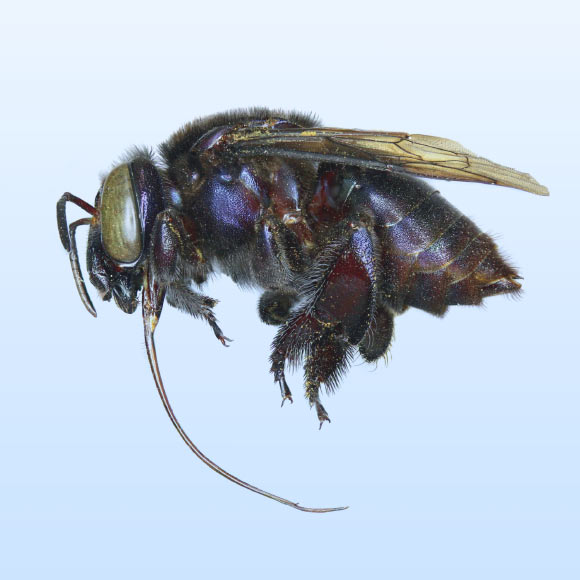Report by Aryaa Sinha
The newly-discovered species of Eufriesea has over 60 bee species in the tribe Euglossinie. It has been named Eufriesea insularis and is found in Islas Maria’s Island, located in eastern Pacific Ocean which is designated as a Biosphere Reserve by UNESCO and Mexican government.


About Euglossinie
Euglossinie bee is commonly known as orchid bees or long-tongued bees.They are often recognised by their metallic colour and sturdy body.
Like any other bee, they play an important role in pollination. Mostly male bees visit the plants and extract essentials oils mainly used to attract female bees.
They are active only during rainy season and are confined to the Neotropical Region.

About Eufriesea insularis
Eufriesea insullaries belongs to Eufriesea coerulescens species group which is the most widespread species restricted to Mexico, along tropical dry forests and pine and oak forests.
Eufriesea insularies is identified by its dark blue covering with purple iridescence, black pubescence, dark wings, and clypeus green with purple hues and a prominent elevated ridge along the midline.
It has a total body length 19.5 mm, a head wider than long (length – 5.4 mm, width – 6.6 mm), and a compound eye 4.6 mm long and 2.2 mm wide.
Eufriesea insularis appears to be active during the rainy season (July to November), and until the beginning of winter.

Image credit where not expressly mentioned: Official website of Journal of Hymenoptera Research

